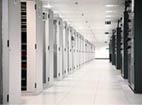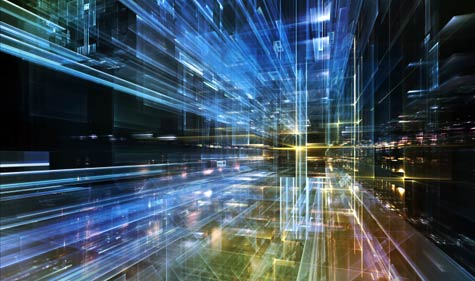Amid all the time, attention and money devoted to upgrading and improving enterprise infrastructure, we should keep in mind that it is still just a means to an end. While the specifics may vary, that end is generally considered to be improved productivity, streamlined infrastructure and a more vibrant, dynamic user experience.
But none of this is going to happen without a complete renovation of data center infrastructure and, by extension, the mindset that governs not only design and architecture but human interaction with the digital ecosystem.
To Hiroshige Sugihara, president and CEO of Oracle Japan, this can be summed up in a single word, which unfortunately defies English translation. But generally speaking, it refers to the rejection of conceptual categorization that often prevents us from seeing the big picture – kind of like failing to see the forest through the trees. In the enterprise, this often leads to the one-to-one thinking that lumps together applications and hardware and ultimately produces the silo-based infrastructure that hampers interactivity and innovation. In the new century, the enterprise will need to base strategies on results, rather than what resources must be brought to bear on particular data sets.
At heart, this is all about how organizations consume technology, says Cloud Cruiser’s Penny Collen. With cloud-provisioning and other on-demand services, enterprises can adopt many supply chain management (SCM) practices toward their infrastructure, including price negotiation, improved supplier diversity and database-driven discovery and configuration. The key will be to collect sufficient data – everything from internal/external resource sets and usage patterns to financial breakdowns and historical trends – to create a contextualized approach to data functions and operations. Ultimately, this leads to alternative strategies and operations that only emerge when decisions points are viewed from a different perspective.
In this light, infrastructure deployment and integration will soon take a back seat to dev/ops, says CIO.com’s Rich Hein. With mobile data, collaboration and on-demand computing emerging as the new normal in IT, developmental methodologies need to become both lean and agile. Now that infrastructure is becoming code itself, through virtualization and software-defined architectures, dev/ops is an integral part of the configuration and deployment process, rather than a separate operational step. And rather than forging interaction between functioning data siloes as it does now, dev/ops will increasingly be tasked with linking business groups and processes, preferably in a flattened, silo-free data ecosystem.
This may work out fine at the end of this digital transition, but in the meantime, the enterprise will have to keep its feet in both the new and old paradigms, which can lead to some pretty uncomfortable postures. According to Gartner, the key to managing this divide is embracing “two-speed” or “bimodal” IT. This has the enterprise investing in agile, web-scale infrastructure (fast) while at the same time enabling traditional systems to capitalize on reliability, predictability and advancing efficiency metrics (slow). Both facets require investment and coordination and will undoubtedly foster reliance on advanced APIs to ensure broad data compatibility and interactivity, but it would be a mistake to consider the “fast” side of IT as superior to the slow side. Both will have crucial yet largely independent roles to play until the distributed, dynamic infrastructure is mature enough to handle the full enterprise load.
Enterprise infrastructure is undergoing such fundamental change that it is small wonder that people are questioning the central assumptions that have long guided its use and development. But just as 20th Century society had to first adjust to the automobile and then the airplane, 21st Century denizens will have to work their way toward all-digital, all the time.
The enterprise will undoubtedly seize on many opportunities throughout this transition, but it must also live up to its responsibilities for the development and optimization of the new digital ecosystem.
It can start by reassessing its place in the human-data relationship and how it can foster a more effective, innovative culture.
Arthur Cole writes about infrastructure for IT Business Edge. Cole has been covering the high-tech media and computing industries for more than 20 years, having served as editor of TV Technology, Video Technology News, Internet News and Multimedia Weekly. His contributions have appeared in Communications Today and Enterprise Networking Planet and as web content for numerous high-tech clients like TwinStrata, Carpathia and NetMagic.




